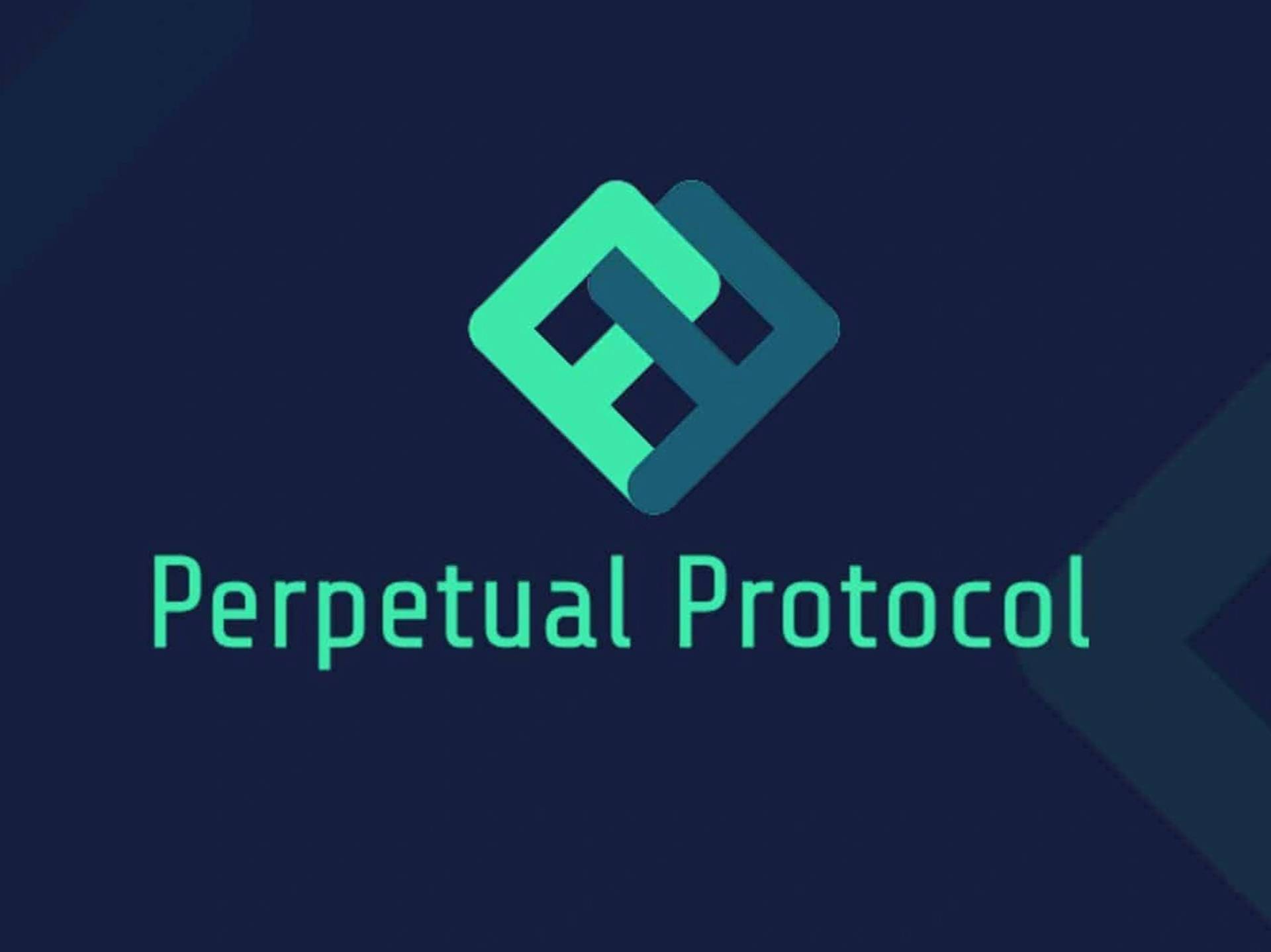위키 구독하기
Share wiki
Bookmark
Perpetual Protocol
Perpetual Protocol
Perpetual Protocol(심볼: PERP)은 가상 자동화된 마켓 메이커(“vAMM” 또는 “vAMMs”라고 함)로 가능한 모든 자산에 대한 탈중앙화된 영구 계약 프로토콜입니다. PERP 토큰은 프로토콜을 관리하고 플랫폼에 스테이킹됩니다[1][2][3].
소개
영구 계약은 만료일이 없는 선물 계약과 유사한 파생 상품입니다. 기존 선물 계약의 경우 계약 가격은 만료일이 다가옴에 따라 기초 자산의 현물 시장 가격과 점차 수렴됩니다. 영구 계약은 몇 시간마다 자동으로 롤링되는 선물 계약입니다. 영구 계약을 기초 지수와 일치시키기 위해 한쪽이 다른 쪽에 펀딩 비율을 지불합니다. 펀딩 비율은 사실상 자본 비용과 선물 곡선의 기울기를 의미합니다.
PERP 프로토콜
Uniswap과 마찬가지로 트레이더는 상대방 없이 Perpetual의 vAMM과 직접 거래할 수 있습니다. vAMM은 일정한 제품 곡선으로 설정된 예측 가능한 가격으로 보장된 온체인 유동성을 제공합니다. vAMM은 또한 시장 중립적이고 완전히 담보되도록 설계되었습니다[4].
$PERP 보유자는 보유한 PERP 토큰을 스테이킹 풀에 스테이킹하여 스테이커가 될 수 있습니다. 그 대가로 스테이커는 스테이블코인의 거래 수수료와 PERP의 스테이킹 보상의 일부를 받습니다.
2020년 8월 Perpetual Protocol은 Zee Prime Capital, Three Arrows Capital, CMS Holdings, LLC. 및 Alameda Research의 참여로 Multicoin Capital이 주도하는 전략적 라운드에서 180만 달러를 모금했다고 발표했습니다. Alameda Research는 FTX와 전략적 파트너십을 맺고 있습니다[10][11][12][13]. 다른 전략적 엔젤에는 Binance Labs, Andrew Kang, George Lambeth[5], Calvin Liu[6], Tony Sheng[7], Alex Pack[8] 및 Regan Bozman[9]이 있습니다.
가상 AMM(vAMM)
Uniswap 및 Balancer와 같이 토큰 스왑 및 가격 발견 모두에 자동화된 마켓 메이커(AMM)를 활용하는 애플리케이션과 달리 Perpetual Protocol은 레버리지와 숏을 처리할 수 있도록 AMM에서 가격 발견만을 위해 상수 곱 곡선을 사용합니다.
이러한 차이로 인해 개발자는 AMM을 "가상 AMM"으로 이름을 변경했습니다.
PERP 토큰
PERP 토큰은 Perpetual Protocol의 ERC-20 기본 토큰으로, 스테이킹과 거버넌스의 두 가지 방식으로 전체 시스템을 구동합니다. 총 PERP 토큰 공급량은 150,000,000개로 설정되어 있습니다. 토큰 공급량은 두 가지 메커니즘을 통해 증가할 수 있으며, 둘 다 발생할 가능성이 낮습니다. 거버넌스에서 더 많은 토큰을 발행하기로 결정할 수 있습니다. 보험 기금이 소진되고 부족분을 보충하기 위해 PERP가 발행됩니다.
PERP 토큰 배포
- Balancer 유동성 부트스트래핑 풀(LBP): Balancer LBP 토큰 출시를 위해 7,500,000개의 PERP 토큰(5.0%)(2020년 9월에 개최됨).
- 시드 투자자: Binance Labs를 위해 6,250,000개의 PERP 토큰(4.2%), 2018년 초기 프로토콜 개발에 투자했습니다.
- 전략적 투자자: 전략적 투자자를 위해 22,500,000개의 PERP 토큰(15%), PERP 토큰 구매 권리를 완전히 행사하는 범위 내에서.
- 팀 및 고문: Perpetual Protocol의 초기 버전과 프로토콜에 유익한 기타 이니셔티브를 출시하는 데 도움을 준 팀을 위해 36,000,000개의 PERP 토큰(21%).
- 생태계 및 보상: Perpetual Protocol 생태계에 참여하는 트레이더, 스테이커 및 커뮤니티 개발자에게 혜택을 줄 생태계 및 보상을 위해 77,750,000개의 PERP 토큰(54.8%).
거버넌스
PERP 토큰 보유자가 토큰을 스테이킹하면 스테이킹된 PERP 토큰을 사용하여 Perpetual Protocol을 개선하는 데 사용할 수 있는 새로운 아이디어에 투표하거나 제안할 수 있습니다. 온체인 거버넌스 투표 플랫폼이 PERP 토큰 보유자를 위해 준비되기 전에 핵심 프로토콜 기여자가 중요한 결정을 안내합니다. Perpetual Protocol 초기에는 거버넌스를 민첩하게 유지하는 것이 중요하다고 생각합니다. 거버넌스 계획에 대해 자세히 알아볼 수 있습니다.
스테이킹
스테이킹: PERP 보유자는 고정된 시간 동안 PERP를 잠그거나 “스테이킹”하여 스테이킹 풀에 넣을 수 있습니다. 그 대가로 스테이커는 스테이킹 보상을 받습니다. 스테이킹 작동 방식에 대해 자세히 알아볼 수 있습니다.
작동 방식
1단계
Afinotan은 Perpetual Protocol의 청산소에 100 USDT를 보내고 해당 금액을 사용하여 2배 레버리지 롱 포지션을 열도록 지정합니다. 청산소의 주요 기능은 초기 마진, 레버리지 수준 및 방향을 포함하여 포지션 소유권 및 관련 정보를 기록하는 것입니다.
2단계 및 3단계
100 USDT를 받으면 청산소는 들어오는 100 USDT를 볼트에 입금합니다. 그 후 Perpetual Protocol은 마진 금액, 포지션 측면 및 레버리지 수준으로 vAMM을 업데이트합니다. Uniswap 및 Balancer와 같이 토큰 스왑을 용이하게 하기 위해 자동화된 마켓 메이커(AMM)를 활용하는 애플리케이션과 달리 Perpetual Protocol은 레버리지와 숏을 처리할 수 있도록 AMM에서 가격 발견만을 위해 상수 곱 곡선을 사용합니다.
트레이더의 입금된 토큰은 Perpetual Protocol의 AMM 내부에 저장되지 않는 반면, Uniswap에서는 트레이더의 입금된 토큰이 AMM 내부에 저장됩니다. 이러한 차이로 인해 팀은 AMM에 실제 토큰 스왑이 없기 때문에 AMM을 "가상 AMM"이라고 명명했습니다.
4단계 및 5단계
Afinotan이 초기 상태로 vAMM에 100 ETH/USDT 및 10,000 USDT를 가지고 있다고 가정합니다. Afinotan이 100 USDT를 마진으로 사용하여 2배 레버리지 롱 포지션을 열면 vAMM의 USDT 금액은 10,200(10,000+1002)이 되고 ETH/USDT 금액은 98.0392156862745(10010,000/10,200)가 됩니다. 이는 상수 곱 곡선으로 계산되며 Afinotan이 얻는 ETH/USDT 금액은 1.9607843137255(100-98.0392156862745)이며 청산소에 기록됩니다.
6단계
Afinotan에 이어 Bob도 100 USDT를 마진으로 사용하여 2배 레버리지로 롱 포지션을 엽니다. 그 대가로 그는 상수 곱 곡선으로 계산된 가격으로 vAMM에서 1.8853695324283 롱 포지션(98.0392156862745-96.1538461538461)을 받습니다. Bob이 롱 포지션을 얻은 후 Afinotan은 포지션을 마감하고 7.84012298 USDT(10400 - 96.1538461538461*10,400/(96.1538461538461+1.9607843137255)
- 200)의 이익을 실현하기로 결정합니다.
팀
- Yenwen Feng - 공동 창립자[14]
- Shao-Kang Lee - 공동 창립자
- Yuren Ju - 선임 소프트웨어 엔지니어
- Kimi Wu - 블록체인 개발자
- Weiting Chen - 성장 관리자
투자자
- Alameda Research
- Binance Labs
- CMS
- Divergence Ventures
- Three Arrows Capital
- Mechanism Capital
- Multicoin Capital
- Zee Prime Capital
참고
잘못된 내용이 있나요?
